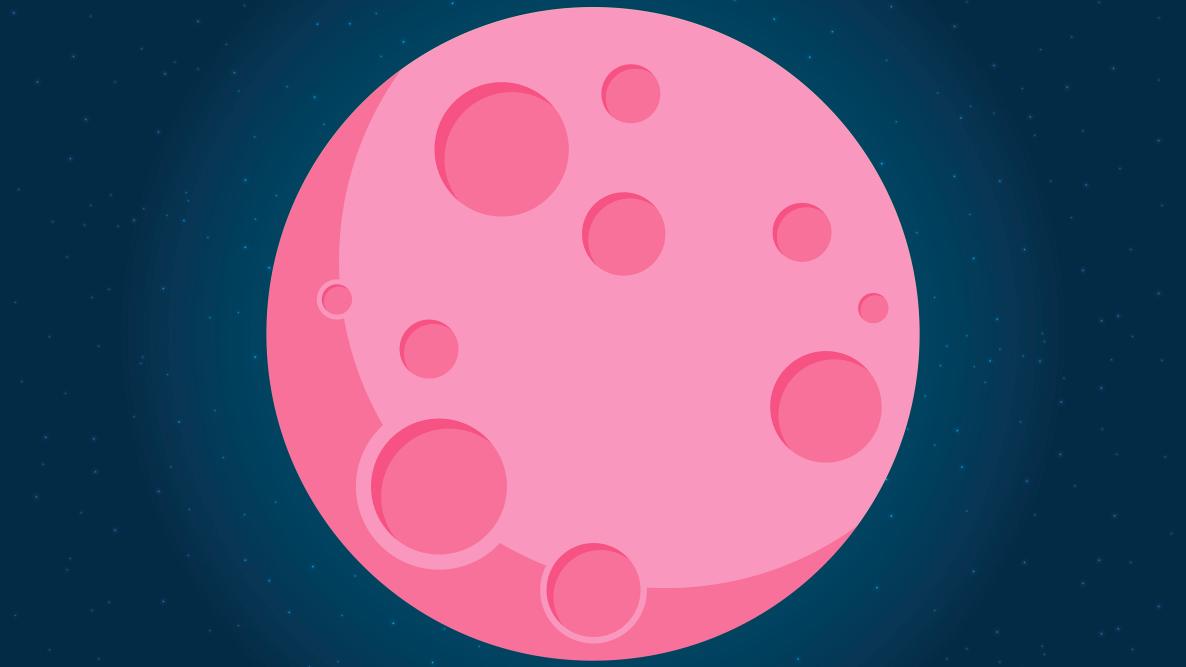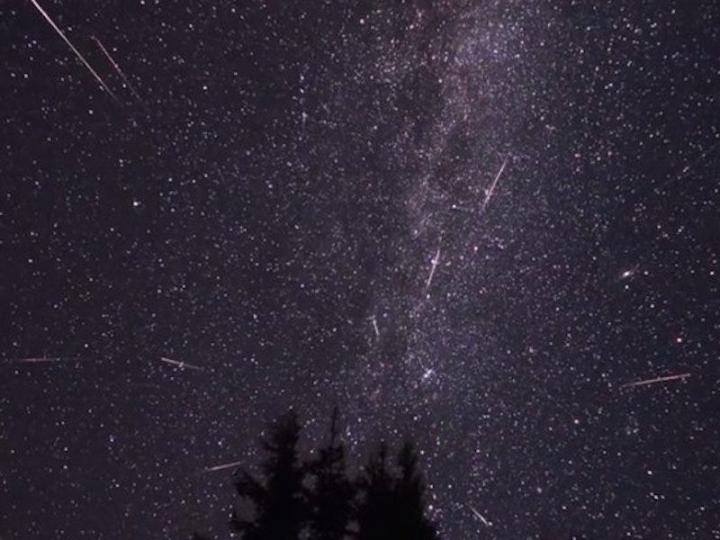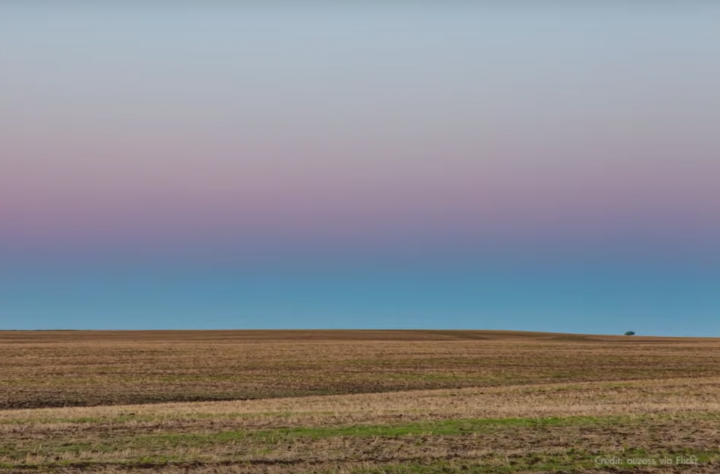Primary Image

Photo Credit
Will Tudor
What planets and stars can we see tonight?
More Like This
I saw the totality today! Amazing! 😎☀️🌕
I have a full window facing west + north; I will look for Mercury & Venus near the Moon~
Anne, it was stunning. I hope you got to see it!
I live on the west coast of Florida. What should I be able to see.
I highly recommend getting the Stellarium App on your phone, tablet or computer. You put in your location and you can look at the sky at any time during the night or even the day for that matter and it will tell you exactly what the sky will look like at your location at any given time! It’s wonderful. I also highly recommend this wonderful wonderful website:
https://skyandtelescope.org/observing/sky-at-a-glance/
It is great for beginners. I started looking at it in 2003 and I have learned so many of the constellations and the stars and their magnitude and the planets and the moon phases etc.. Very fun and educational. Good luck and you should have some wonderful stargazing all summer. I live in Texas, and our views are probably similar.
Thanks for the article. I love looking at the night sky. I have not been unable to see the Belt of Venus. I see the dark blue of Earth’s shadow but not the pink. Is that because off my elevation (4300’)?
I use the SkyView Lite app. It’s free, or you can buy an upgrade. It’s displays is red, so it doesn’t interfere with your night vision. It even shows what’s behind the mountain and below the horizon. Pretty cool.
My husband explained to me that planets don’t twinkle and that is one way to distinguish them from stars. There is a wonderful website called Stellarium, They also make a very useful app for your phone. You can set your location and look at how the sky looks from your location. You can advance forward or backwards in time by minutes, hours, even months or years. You can get into the settings and decide how much information you want, I have names of brightest stars, planets, the celestial equator and the meridian but I don’t have much more set right now because the map gets too cluttered. I keep it simple. I have learned so much from this! Hope this helps you!
Thanks for the info; I finally located Mars last year; very interesting~
Hi, and just now seeing your reply a year later! So glad you got to see Mars. Hope you have good weather this month for all the spring stars and constellations.
Thanks for explaining the locations of the Planets this month April; I'll print this to use during the nitetime sky;
- « Previous
- 1
- 2
- …
- 10
- Next »














Comments